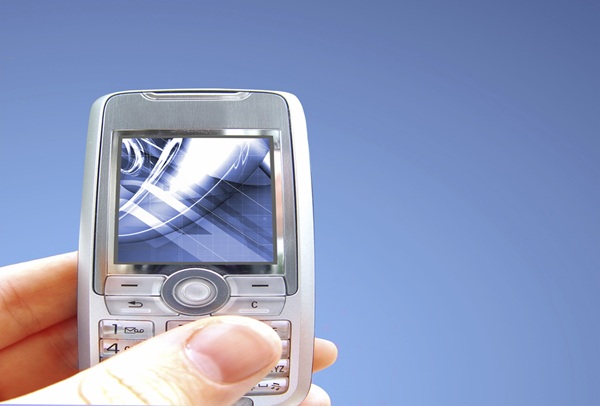All three New Zealand mobile network operators – 2degrees, One NZ and Spark will be shutting down their 3G cell phone coverage later this year. For those of us with tech privilege, who have no digital inequity, we will enjoy further benefits of more capacity in the spectrum. This will create new technologies, new opportunities and advance our country on a global scale.
But at the same time, it will be making the digital divide (and more recent the New Zealand government report on the digital divide) further and less accessible than ever before, impacting some of societies most vulnerable people, Māori, low socio economic groups and rural communities who will no longer be able to use their older phones, some overseas phones and other devices that may be impacted, including, but not limited to: smart watches/wearables, Vehicle/fleet tracking devices, smart meters, e-book readers, security systems, farm equipment etc. Daniel Wilson has created a resource at https://3gclosure.nz/ including an incomplete list of 3G devices that may be affected.
It is estimated that the 3G shutdown could impact 200,000 to 300,000 3G phones and other devices.
“We can see up to 200,000 to 300,000 3G phones and tablets out there in use. But if you ask people on the street, hardly anyone knows about it. There are lots of elderly people who might not be aware of the consequences.” NZ Herald
Turning off a cell phone network is common practice around the world with Australia controversially shutting down their 3G network in late October 2024, resulting in thousands of users in online chat forums speaking of being disconnected, major issues in rural areas, and fire fighters being locked out of their technology and stations.
Here in Aotearoa New Zealand we have experienced several shutdowns in the past. The previous Telecom shutdown their 025 phone numbers, and 2Degrees Mobile shut down their 2G network. Both shutdowns resulted in whole communities who became disconnected, struggling families were faced with budgeting issues and the elderly were increasingly being forced to buy cell phones that they neither wanted, knew how to use.
We have also seen the demise of copper lines being replaced largely with fibre optic cables and new houses usually do not have the ability for a landline phone, disadvantaging many elderly people, It also creates access issues for many labourers whose fingers were/are too big to use a cell phone that is typically designed to be small and compact.
Paul Brislen, CEO of the New Zealand Telecommunications Forum wrote an informative article “Farewelling the era of basic video calls, emails on the go: Goodbye 3G” . While Paul’s article will be a vital resource for many of us, it is written from a privileged background that many of us take for granted. For example the following statement:
If your phone is completely 3G reliant, however, you will need to replace it. Don’t worry, you won’t need a top of the range expensive phone – 4G capable devices start from around $100 at the local supermarket, so shop around and see what’s available.
For many families, $100.00 is a significant amount of money. Aotearoa New Zealand has significant new poverty and lack of resources, with a new working poor class seeking food from foodbanks as highlighted in the Salvation Army State of the Nation 2025 report that also shows Māori are more disadvantaged with one in four whānau (27.8%) report that their family is doing badly or not well.
We must also consider the research from as early as 2001 and as recent as the Covid lockdowns in 2020, that shows there is a digital divide in New Zealand that Māori, Pasifika, disabled, rural, low socio-economic communities and immigrants are overrepresented in. The New Zealand Education system during the lockdown needed to provide 80,000 learners in 45,000 households an internet connection and 36,000 learners with devices.
Basically the largest aspect of Aotearoa New Zealand digital divide has been financial barriers to purchase tech devices and internet connections.
As Paul mentioned in his article, and as a county that likes to recycle, there are many options to recycle old phones. But maybe we should consider donating our 4G smart phones that we upgraded for cosmetic reasons or just so we could have the latest device back to the communities who will be disconnected with the shutdown.
We can do this and individuals, but wouldn’t it be great if there was a national co ordinated approach to this. It could be as simple as the Telcos offering a 0 data allowance web site that people can register their interest for a 4G recycled phone, and the phone recyclers and telcos using their stores to match people with devices.
It would reduce e-waste and protect our environment and the human impacts would be great with children not missing out on learning opportunities, families remaining connected, thus limiting the already very old digital divide which costs tax payers to deal with the consequences of disconnection.
How can I check if my device is 4G ready?
How can I check if my device purchased from overseas is 4G ready?:

